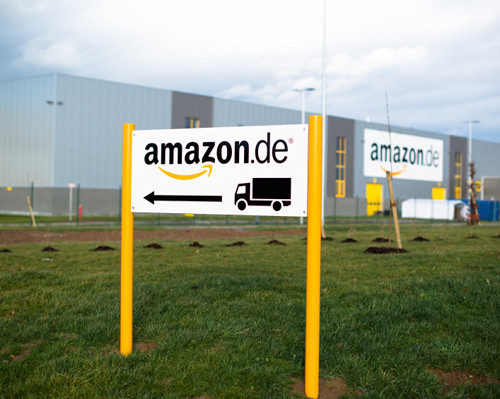Thirty-five years on eCommerce has transformed the way we shop. From plant pots to sportswear, consumers can purchase practically anything online. Whilst retailers are pleased with effective sales channel online portals can provide, eCommerce to date hasn’t been a smooth ride.
A sharp increase in online shopping has, however, resulted in a corresponding increase in online returns, a costly bill for retailers to foot.
A recent report from IMRG, the UK’s Online Retail Association, showed the long-term return rate for online apparel is 23%, but can be as high as 30% for retailers. It’s these figures that must be taken into account whenever record-breaking online sales figures are proclaimed. How many Christmas gifts were sent back to sender after the holidays?
As more and more stores jump online, competition gets stiffer. To remain one step ahead of the game retailers need to make themselves as appealing as possible to customers. Delivery terms and offerings are one of the key battlegrounds retailers are fighting on.
Uncertain customers will shop elsewhere; retailers are being forced to offer attractive, and often free, delivery policies. Studies have found that handling each returned item costs online sellers between £3.50 ($6) and £11 ($18), which doesn’t take into account the losses from the items that are returned in a damaged or unsalable condition.
The ease of returning products has encouraged a new wave of shoppers to bulk buy online and send back what they don’t like – a particular problem for fashion retailers. Unable to try clothes on to see how they fit, shoppers are purchasing multiple sizes of the same garment to try on at home. When they’ve found the perfect fit they simply return the rest.
Taking a closer look at the cost of online returns proves that UK retailers need to increase customer confidence and combat the current ‘return to sender’ mentality.
Give and you shall receive
Like physical stores, online sellers will never be able to prevent habitual product returners, but ensuring they have the best possible solutions to prevent returns will have a significant impact. Research has shown a 1% decrease in returns can mean a 1% increase in profits.
Nick Robertson, Chief Executive of online retail giant ASOS recently commented that a 1% fall in returns would immediately add £10 million ($16 million) to the company’s bottom line.
So why exactly do retailers offer free policies?
Customers and retailers are in a marriage of convenience when it comes to returns.
Retailers have to offer services for free to be able to compete and customers don’t want the hassle of having to send items back. But it’s a somewhat forced arrangement that causes irritation to all involved.
Klas Hjort, a Swedish professor from Lund University, has carried out extensive research on this issue. He found that factors such as legislation and competition often force e-tailers to offer free delivery and free returns but more often than not these offers are not profitable. They are, so to speak, a necessary evil.
For online shopping to reach its potential retailers need to balance customer satisfaction with sustainable delivery policies.
Alter to create the perfect fit
This is not the first time online shopping has faced challenges. Founded in the midst of the dotcom crash, when the outlook for online selling looked doubtful, ASOS managed to defeat the odds and is now one of the most successful fashion retailers in the World. With Goldman Sachs estimating that the cost of returns of poorly fitting and unwanted clothing averages 30% of online pure-play sales, retailers shouldn’t be passively worrying about the cost of the returns. They should instead be thinking about how to combat them.
Whilst online retailers will never be able to replicate the in-store experience they can bridge the gap to give users the best possible shopping experience.
Images and product specifications can be the deciding factors that will determine whether a customer will purchase an item or not. For fashion retailers this is particularly tricky as customers are unable to physically see how garments fit them. Fortunately, many have started deploying virtual fitting solutions with the aim of helping shoppers pick the right size and understand fit. The better informed the customer is, the less likely a trip to the post office to return the item will be.
Conquer and profits will soar
Clicking onto an online retailer’s site is the same as walking into a store for online shoppers. A store will be judged by its display, how easy it is to find products and overall customer service.
To change customer habits online retailers need to improve customer confidence and give them the data, information and visual tools necessary to make accurate and informed decisions. This will reduce returns and consequently increase profits.






